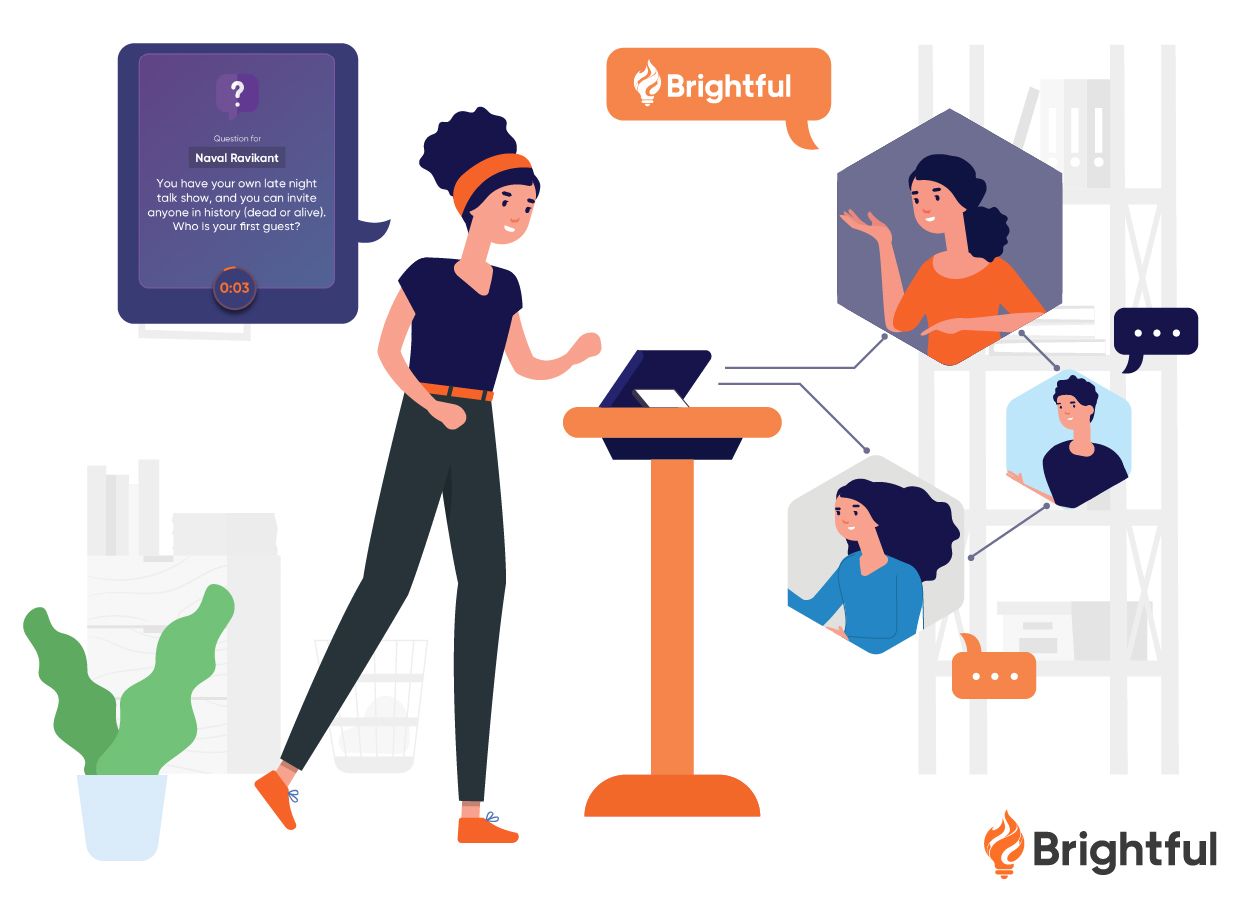If you have ever witnessed a great storyteller in action, you will understand first hand just how powerful telling stories is as a way of communication. The act of telling stories is deeply ingrained in human culture, in fact anthropologists tell us that storytelling is central to human existence.
“Laughter is an incredibly primal sound that means “I’m completely identifying with that idea.” And it’s a really powerful thing when you hear a lot of people loudly identify with an idea at the same time.”
Whether you are giving a toast at a wedding, recounting a pivotal experience in your life, or even interviewing for a job - they all involve the act of storytelling. Being able to make people laugh at your stories is even better - as standup comic Jeff Simmermon puts it, “Laughter is an incredibly primal sound that means “I’m completely identifying with that idea.” And it’s a really powerful thing when you hear a lot of people loudly identify with an idea at the same time.”

There are many different ways to create laughter in whichever environment you're in. Brightful Meeting Games is one of the easiest ways - simply share a link to your friends or colleagues and play some icebreaker games online. It's the perfect way to prime a room for your hilarious story.
So how can we tell funnier stories? Here are some basics tips to get you started.
1. Don’t just tell it... live it!
If you are telling a story that happened to you, don’t just re-tell it, re-live the moment! Your audience will pick up on your enthusiasm and get draw into the drama.
2. Be patient with your build up
A funny story is a lot like a joke, it requires slowly building up the context. Use descriptive language, point out small details. This will paint a vivid picture for your audience’s imagination.
3. The ending matters most
The ending should always be the funniest part. This is why your introduction is so important, it should set up the humorous situation. When building your joke/story, make sure to include some sort of punch line. Keep re-telling and experimenting until it becomes really good.
4. Don’t cut corners
If you skip telling the setup or context and jump right into the funny part, you will lose your audience. A good story requires pacing.
5. Learn to laugh at yourself
Embarrassing yourself is one of the easiest ways to become an engaging storyteller. When something happens that leaves you feeling a little weird or a little out of place, it automatically provides you with a funny story.
6. Don’t tell the whole story
This is where ‘situational humor’ comes in. A good story will have an element of tension in it, usually it’s the not knowing what will happen next. This is where context plays a huge part. Learn to think fast on your feet, and keep your audience guessing. In addition, leaving the audience in suspense is another way to heighten the tension and make the audience laugh harder.
7. Be yourself
Don’t worry about sounding like the characters in your favorite comedy shows, be yourself! As you get more comfortable with telling jokes or stories, you will naturally begin to naturally reflect the attitudes of your favorite characters.
8. Focus on relatable themes
Not everyone is going to get the same humor, but there are some universal themes that will be universally hilarious. Stories or jokes that explore human pain, relationships, our daily lives, sexual overdrive, family, culture… they always make for good humor.
9. If you make a mistake, keep going
The audience is more likely to laugh when you mess up, than when you get it right. So if you accidentally stumble upon the punch line, use it to your advantage.
10. Read, re-read, write
This might seem obvious, but there is no substitute for practice. The more you write and tell stories, the better you will become.
















